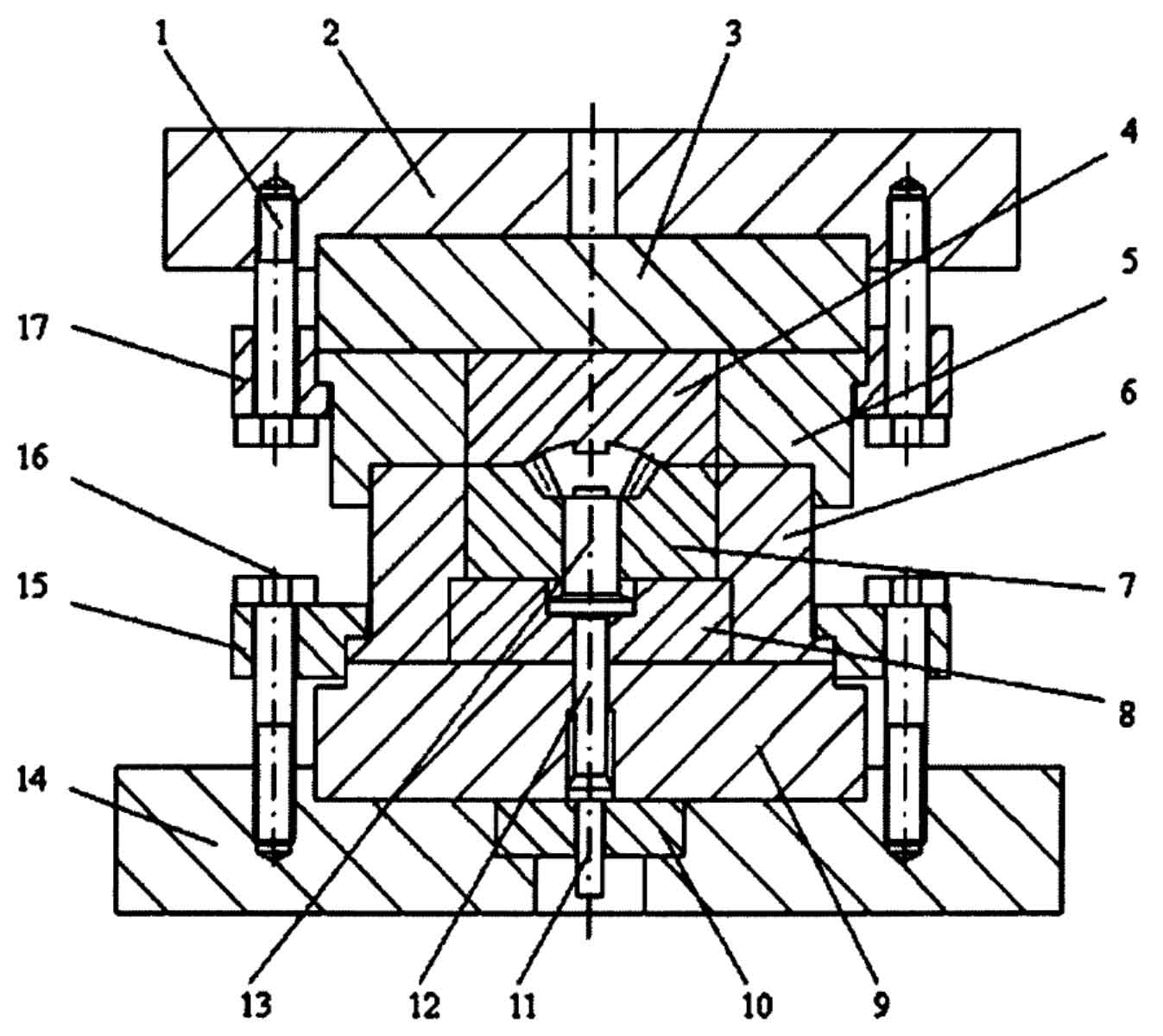Gear forging plays a crucial role in the production of gears used in renewable energy systems, contributing to the advancement of sustainable energy solutions. Here’s how gear forging enables the development of gears for renewable energy systems and supports the transition to a sustainable future:

- Wind Turbines: Wind turbines require gears that can withstand high torque and operate under variable wind conditions. Gear forging provides the necessary strength and durability to withstand the demanding loads experienced in wind turbine applications. Forged gears offer superior fatigue resistance, ensuring reliable and long-lasting performance. They can efficiently transmit power from the turbine blades to the generator, enabling the conversion of wind energy into electricity.
- Hydroelectric Power: Hydroelectric power systems utilize gears in various components such as turbines, generators, and penstock gates. These gears must withstand high pressures, torque, and repetitive loading. Gear forging produces robust gears with excellent mechanical properties, allowing them to operate efficiently and reliably in hydroelectric power applications. The strength and durability of forged gears ensure optimal performance and minimize downtime in hydroelectric power generation.
- Solar Energy: Although solar energy systems typically do not require gears for power generation, they may utilize gears in solar tracking systems. These systems adjust the angle and orientation of solar panels to optimize sunlight exposure. Gear forging can provide gears with precise tooth profiles and dimensional accuracy required for accurate and efficient solar tracking. This enables solar panels to capture the maximum amount of sunlight, enhancing energy generation efficiency.
- Geothermal Power: Geothermal power plants employ gears in various components, including turbines, generators, and pumps. These gears must withstand high temperatures, pressures, and corrosive environments. Gear forging allows for the selection of materials and heat treatment processes that enhance the gear’s resistance to extreme conditions. Forged gears offer excellent high-temperature strength, corrosion resistance, and fatigue resistance, ensuring reliable performance in geothermal power applications.
- Bioenergy: Gears used in biomass power plants or bioenergy systems are exposed to heavy loads, high temperatures, and corrosive conditions. Gear forging provides gears with the necessary strength, durability, and resistance to wear and corrosion, ensuring reliable operation and prolonged service life. These gears facilitate the efficient conversion of biomass into renewable energy sources such as electricity or heat.
- Sustainable Manufacturing: In addition to the use of renewable energy systems, gear forging itself supports sustainability in manufacturing. The forging process consumes less energy compared to other manufacturing methods such as casting or machining. The near-net shape capabilities of gear forging reduce material waste and increase material utilization, contributing to resource conservation. Moreover, the durability and long service life of forged gears reduce the need for frequent replacements, minimizing environmental impact.
By providing strong, durable, and reliable gears for renewable energy systems, gear forging helps drive the growth of sustainable energy generation. The use of forged gears ensures efficient power transmission, maximizes energy production, and supports the reliability of renewable energy systems. Through its role in renewable energy applications and sustainable manufacturing practices, gear forging contributes to a greener and more sustainable future.
